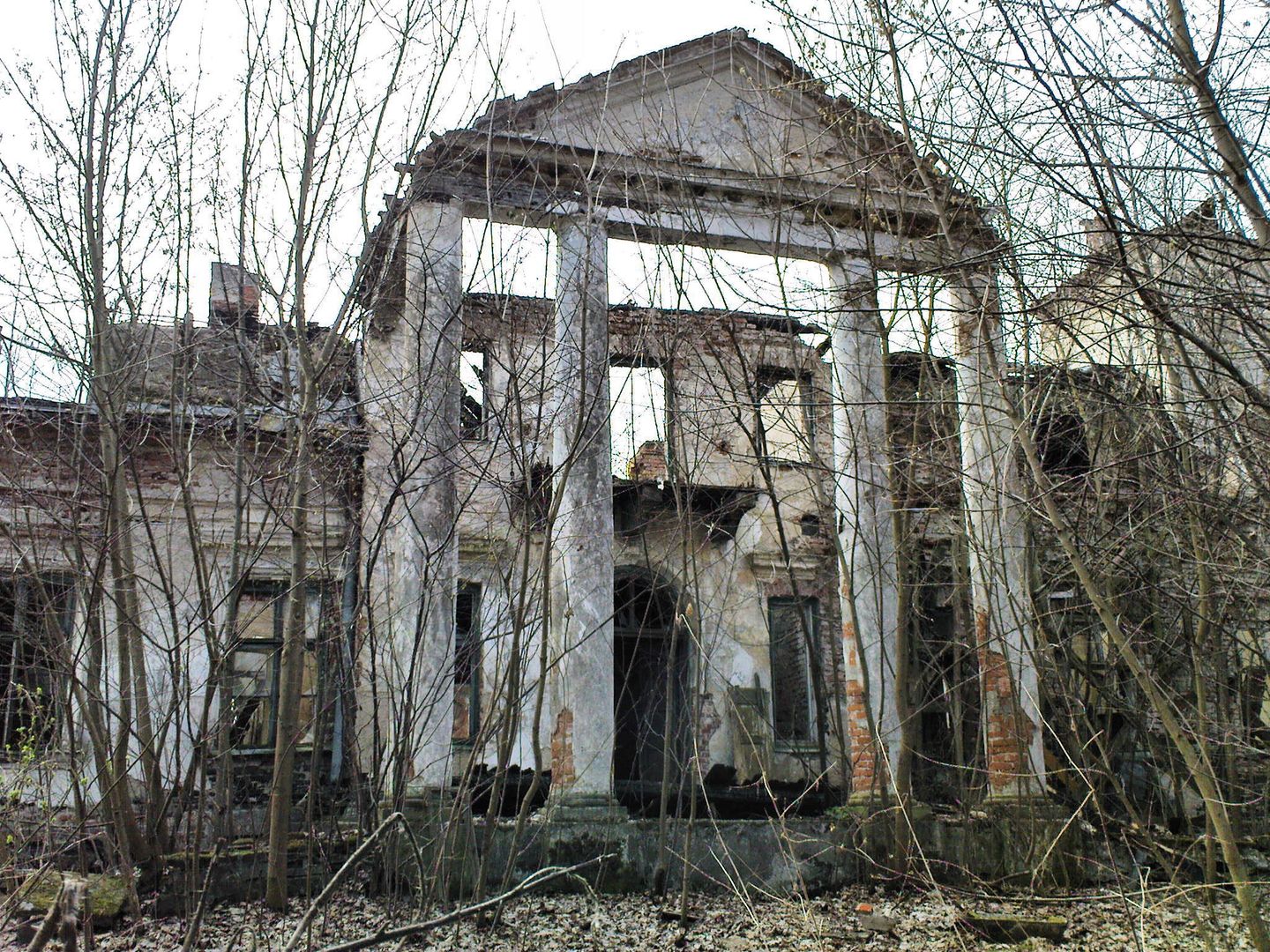The manor in Bartodzieje
6.41

Overview
The manor in Bartodzieje is a historic property with a rich history, located in the village of Bartodzieje. In 1826, a wooden manor existed on the site, which was later transformed into a brick palace starting from the 1830s under the direction of its new owner, Wawrzyniec Mikulski. The history of subsequent owners is full of turmoil, including disputes over inheritance of the estate. After Mikulski sold the manor for 160,000 złoty, the property came into the possession of the Kuszewski, Deskura, Gordon, and Janowski families, each of whom contributed to the estate's development—for example, the Kuszewskis produced alcohol in the manor's distilleries. In the mid-19th century, the manor was renovated with the addition of a portico and a two-story tower.
During the German occupation from 1940 to 1944, the manor served as a base for Wehrmacht officers and later as a military hospital. After the war, the Janowski family regained ownership, but their financial situation deteriorated, leading to the sale of land. In 1988, the estate was acquired by Krystyna Gancarczyk-Hjorth, who planned investments but did not carry out any major renovation work. As a result, the manor fell into disrepair and was partially destroyed in a fire in 2003. Two years later, efforts were made to secure the building, but the owners did not fully fulfill their obligations.
In July 2015, the manor and its surrounding grounds were purchased by a Radom-based entrepreneur who initiated cleanup work in the park and pond. However, due to the poor technical condition of the building, plans were made for its demolition and reconstruction. Architecturally, the manor exhibits features characteristic of 19th-century palaces, and its history reflects the social and economic changes that took place in Poland over the years. An interesting legend associates the manor with meetings of local elites, and it also played a role in agricultural activities, including horticultural production. The current state of the manor is a tragic example of neglect that has led to its gradual degradation.
Location
2025 Wizytor | All Rights Reserved